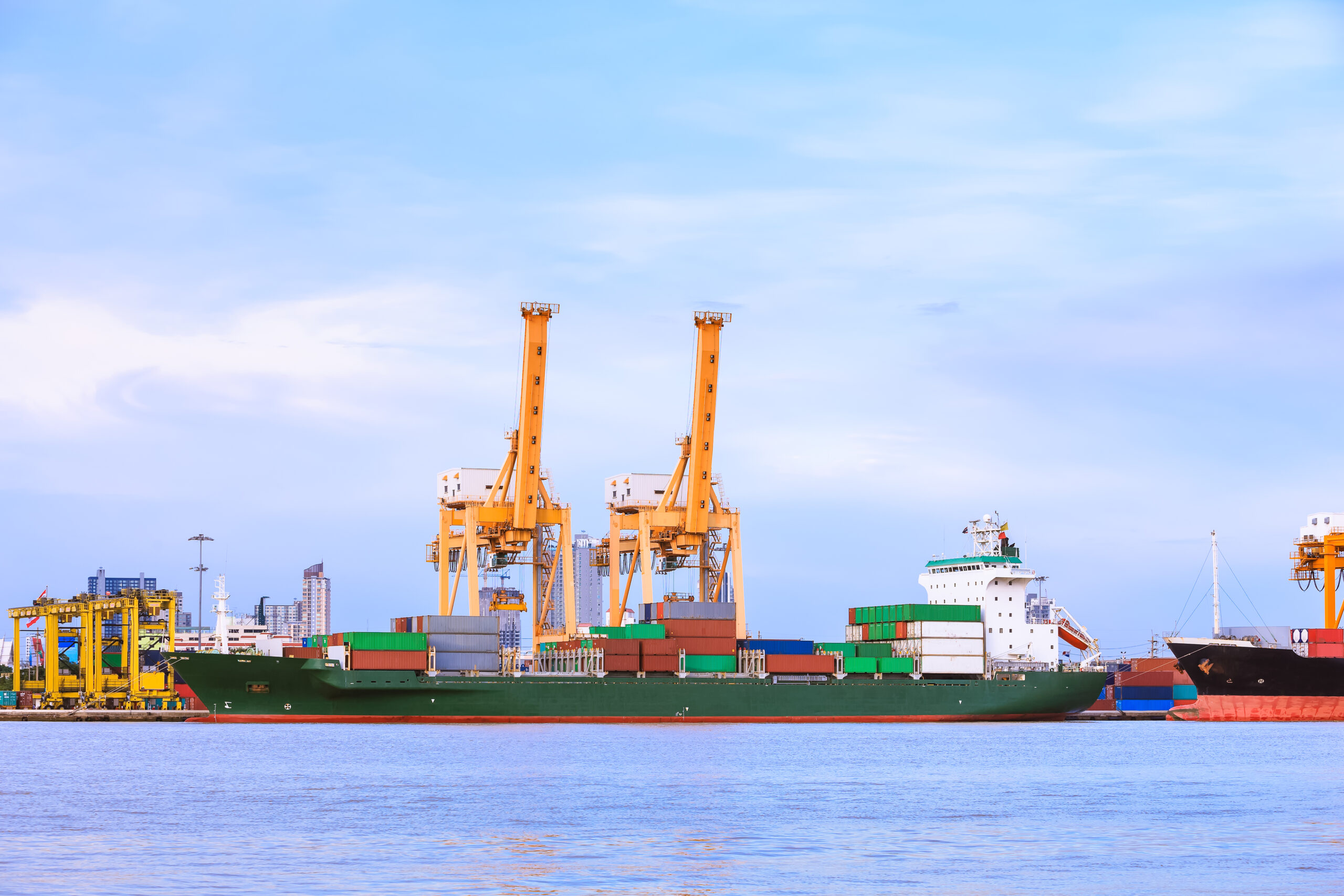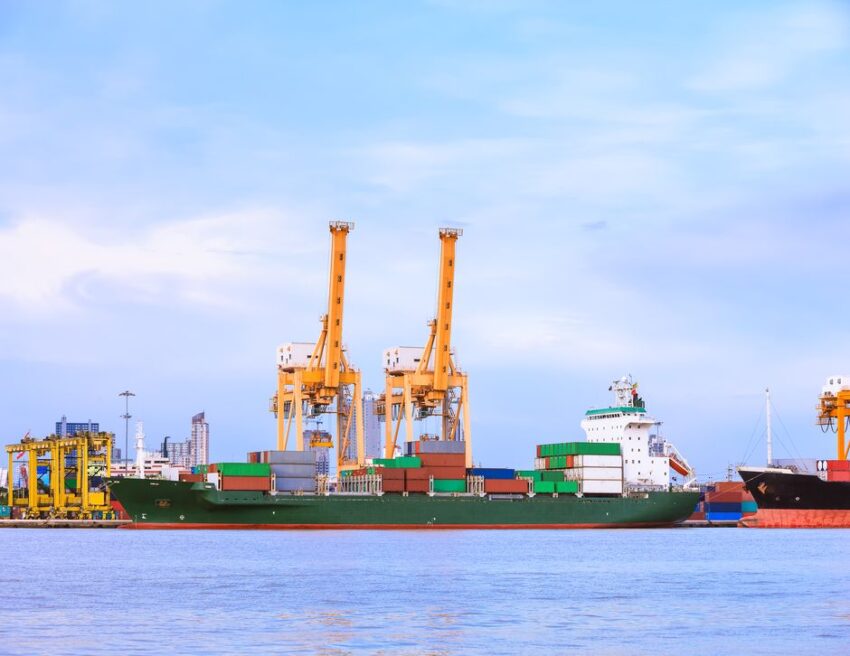In the container shipping sector, ocean freight forwarders very often need to make a crucial decision- whether to choose direct shipment or transshipment to move their cargo. Each mode of shipping has its own set of merits and drawbacks, making it imperative to grasp these nuances when selecting the most suitable option to meet your business requirements. In this article, we will explore the advantages of both direct shipping and transshipment in ocean freight transportation, providing insights into the optimal methods for managing the overseas movement of your cargo.

Direct shipment and its advantages for ocean freight forwarders
-
What is direct shipment?
Direct shipment entails the direct movement of cargo from the starting port to the final destination port. Simply put, in this mode of shipment, the cargo is loaded onto a vessel at the point of origin and subsequently discharged at the destination port without any intermediate unloading or handling.
-
How direct shipment can benefit the ocean freight forwarders?
Faster Delivery
The absence of intermediate stops or cargo handling between the origin and destination ports ensures a quicker mode of transport. This is particularly advantageous for time-sensitive goods or businesses requiring swift and dependable delivery.
Reduced Customs Risks
With fewer stops and transfers, direct shipment minimizes the likelihood of customs-related issues or delays. Therefore, companies engaged in international import and export, navigating intricate customs regulations, often opt for direct shipping.
Punctual Delivery
Direct shipment allows logistics companies to establish more predictable delivery schedules, with fewer variables to contend with. The resulting faster, more secure, and dependable delivery times can heighten customer satisfaction and loyalty. In other words, direct shipment offers a competitive advantage for businesses in the long term.
Enhanced Security
Direct shipment significantly reduces the risk of cargo damage or loss, as goods are not subjected to multiple transfers or handling. This makes it ideal for transporting valuable or fragile cargo that demands careful treatment.
Transshipment and its advantages in ocean freight shipping
What is transshipment?
Transshipment refers to a technique commonly employed in the container shipping industry that involves the transfer of cargo from one vessel to another at an interim port during the shipping process. In this method, cargo is initially loaded onto a ship at the starting port, then transferred to another vessel at an interim port, and finally unloaded at the intended destination port. Transshipment serves as a valuable means of transporting sea freight when direct access between the origin and destination ports is unavailable. Moreover, it proves beneficial in cases where the volume of cargo isn’t sufficient to warrant a direct shipment.
The benefits of transshipment for sea freight forwarders
Cost Savings
Transshipment typically proves to be a more budget-friendly choice for ocean freight forwarders, especially when dealing with smaller cargo volumes, as direct shipping often incurs higher expenses. Given the higher demand for direct shipping, prices tend to be elevated. Therefore, as an ocean freight forwarder, it’s imperative to provide your customers with a range of service options, enabling them to compare prices and select the one that suits their needs and budget.
Alternative Routes
There are situations where transshipment becomes a necessity due to the absence of direct routes. Many trade routes lack direct connections, making transshipment the most practical and cost-effective means of transporting cargo. This can be particularly advantageous for businesses needing to deliver goods to remote or challenging-to-reach destinations.
Tariff Avoidance
Transshipment can also serve as a strategic way to circumvent import duties and certain tariffs in numerous cases. Exporters often opt to route their cargo through intermediary countries on the way to their ultimate destination to sidestep tariffs and import duties.
In Conclusion
Transshipment comes up as a versatile and economical choice, particularly suitable for independent freight forwarders seeking expanded destination options or more frequent sailings. However, direct shipment, though potentially pricier, can offer substantial advantages in terms of speed, security, and supply chain reliability. Consequently, businesses must meticulously evaluate the pros and cons of these shipping options, taking into account their unique needs and requirements, before making a well-informed decision regarding their preferred shipping method.


